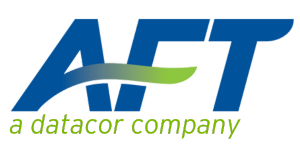|
2024 - Stantec Resourcenet India was tasked with analyzing the estimated pump head, normal operating line velocities, and pressure analysis for a new canola oil processing system. The system consists of multiple pumps, atmospheric tanks, vacuum tanks, hydrodynamic reactors, heat exchangers, centrifugal separators, bleaching and basket filters, strainers, mixers, and control valves. See how the team used AFT Fathom to obtain results that were used to identify appropriate pumps for the final system which now refines approximately 100 m3 (26,000 gallons) of canola oil per hour. |

